More and more of us are learning to live with diabetes. And doing so successfully means making a lot of changes to our diets. It can feel like anything that’s tasty is off-limits! So what does that mean for one of America’s best-loved meals – pizza?
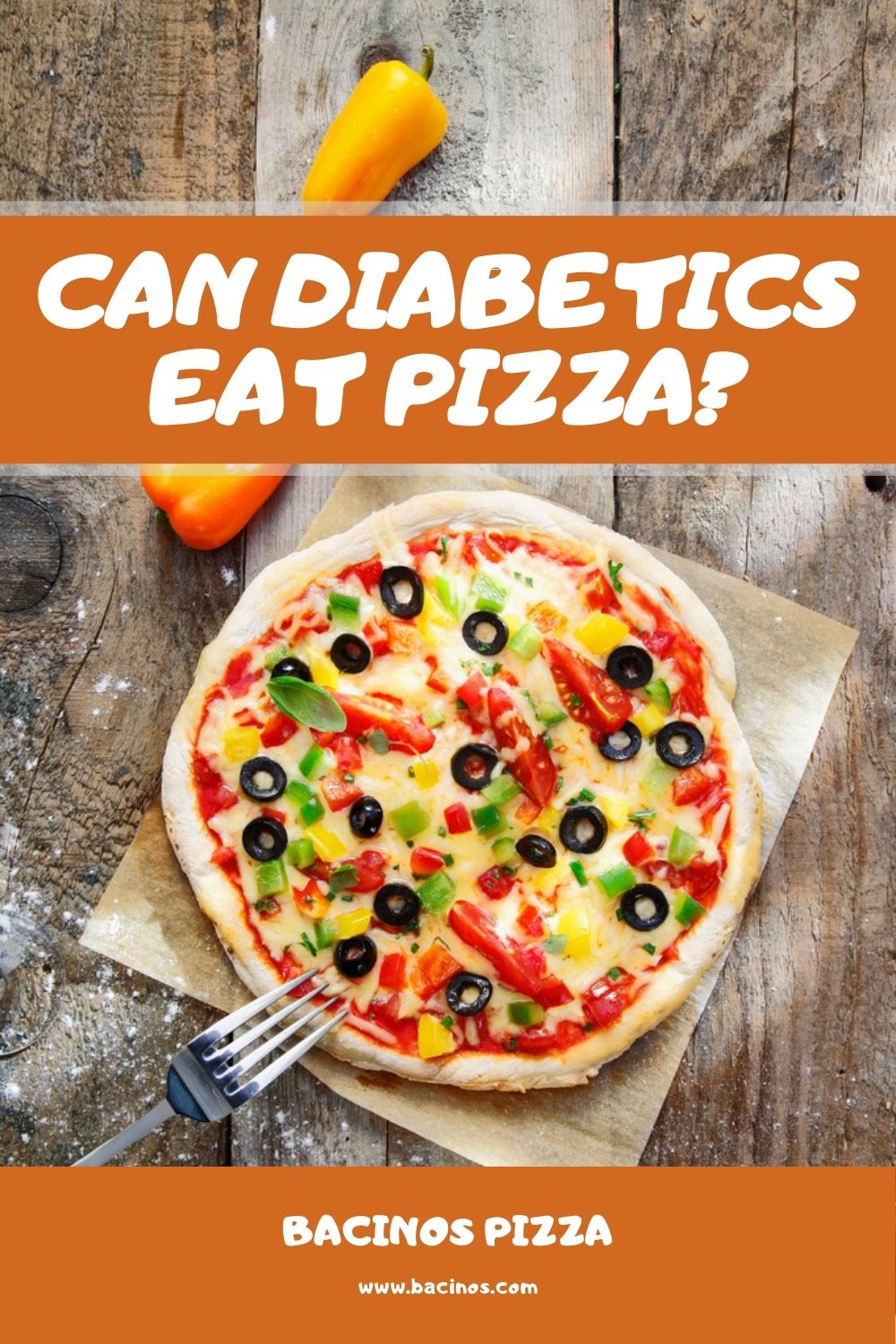
Can diabetics eat pizza? Well, that’s what we’re here to find out! We’re going to talk you through everything you need to know so you can make healthy choices.
So if you’re ready, let’s get started!
Diabetes and diet
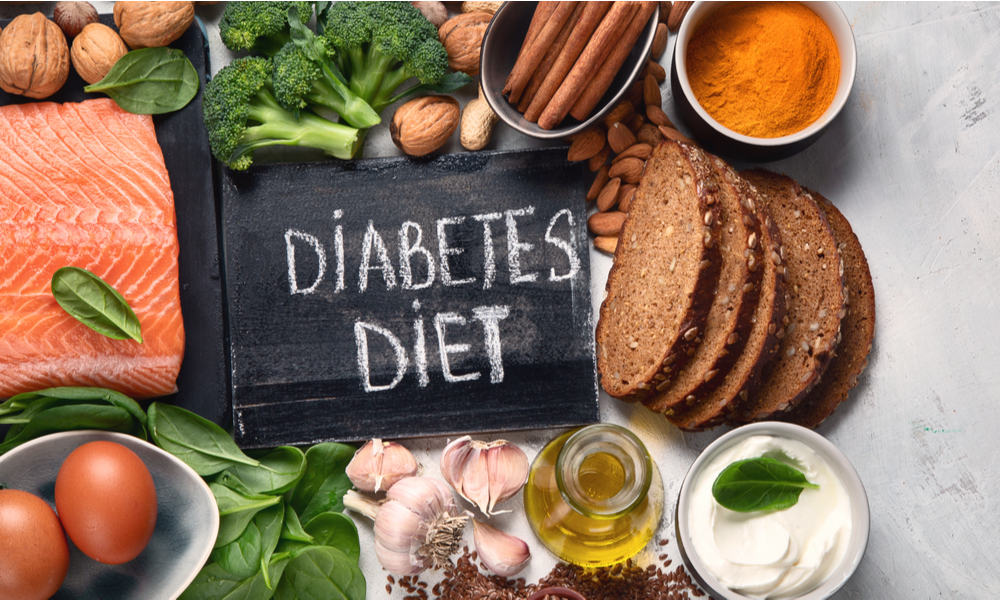
There’s no one-size-fits-all approach to diet when you have diabetes. What will work for one person may not work for another. So your first port of call should be your doctor. They will be able to advise you on how to manage the type of diabetes you have.
Your approach to diet will also depend on your health goals. Your primary objective might well be to lower the levels of sugar in your blood.
But if you’re currently overweight or have high blood pressure, tackling these might also be important. And if you have high cholesterol, you’ll want to deal with that too.
All this means that it’s important to think about your own goals and lifestyle when considering your diet. That said, there are some useful tips that will help most people with diabetes manage their health.
Eating less salt, fewer and healthier carbohydrates, less saturated fat and red or processed meat will all help. And of course, cutting down on the amount of added sugar in your diet is crucial to managing the level of glucose in your blood.
So what does all that mean for pizza?
1. Pizza ingredients
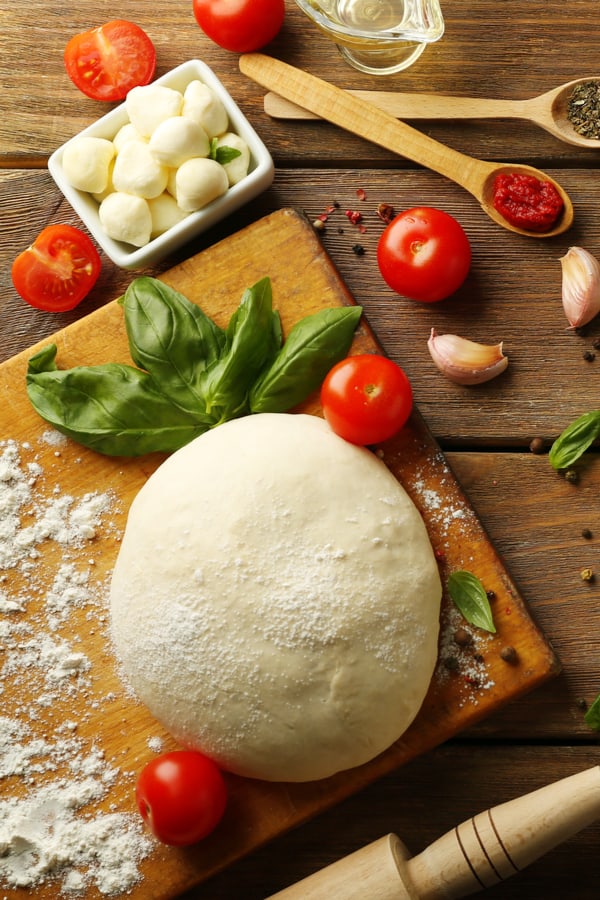
There’s a lot of variation out there when it comes to pizza – thick or thin crust, New York or Sicilian, and a whole host of different toppings.
A typical pizza will contain things that aren’t great for diabetics. If you’re trying to manage your weight, lots of cheese and a deep crust won’t help. They’re packed with calories that will quickly turn to fat if they’re not used up.
And traditional pizza dough is made with flour, so it has lots of carbohydrates. Even the tomato sauce can have added sugar. All of that is before we consider the different types of toppings out there.
So is it game over for pizza? Not necessarily.
2. Choosing a healthier pizza
There are ways to enjoy your pizza without causing yourself serious health problems. That’s a lot easier if you can take control of the ingredients yourself. We’ll look at how to make a pizza that’s lower in carbs without compromising on taste later.
But it’s also possible, even with a pie from your favorite pizzeria. [27 Best Healthy Pizza Recipes]
3. Eating healthily with takeout or at a restaurant

A good starting point is to think about your portion size. You can enjoy pretty much any food as a diabetic, as long as you eat it in moderation.
Fancy the deepest crust, loaded with piles of melting cheese and loads of pepperoni? If that’s the flavor combination you’re craving, you can eat it! But the more carbs, fat, processed meat and salt it’s loaded with, the less you’ll be able to eat without sending your blood sugar soaring.
So think about what you really want. Do you want those flavors so much that even a couple of mouthfuls will hit the spot? Or are you hungry, and you’d rather compromise on that thick crust and be able to eat more?
An easy way of making a pizza at a restaurant more diabetic-friendly is to reduce your serving size. Opt for the smallest size pie, or share with someone else and have just a couple of slices.
Choose the pizza with the thinnest crust. And order a salad to go with it, so you still have plenty to eat without overloading on carbs. (Just avoid any dressings that contain sugar or honey.)
Changing the way you think about food is one of the most valuable things you can do. Focus on what you can have, instead of what you can’t. That fresh green salad can be bursting with flavor. And it’s packed with vitamins and minerals too.
And if you’re having a small pizza, enjoy every mouthful. Remember – it won’t taste any nicer if you eat more of it! In fact, a smaller portion will probably mean that you savor it and enjoy it even more!
4. Making your own pizza
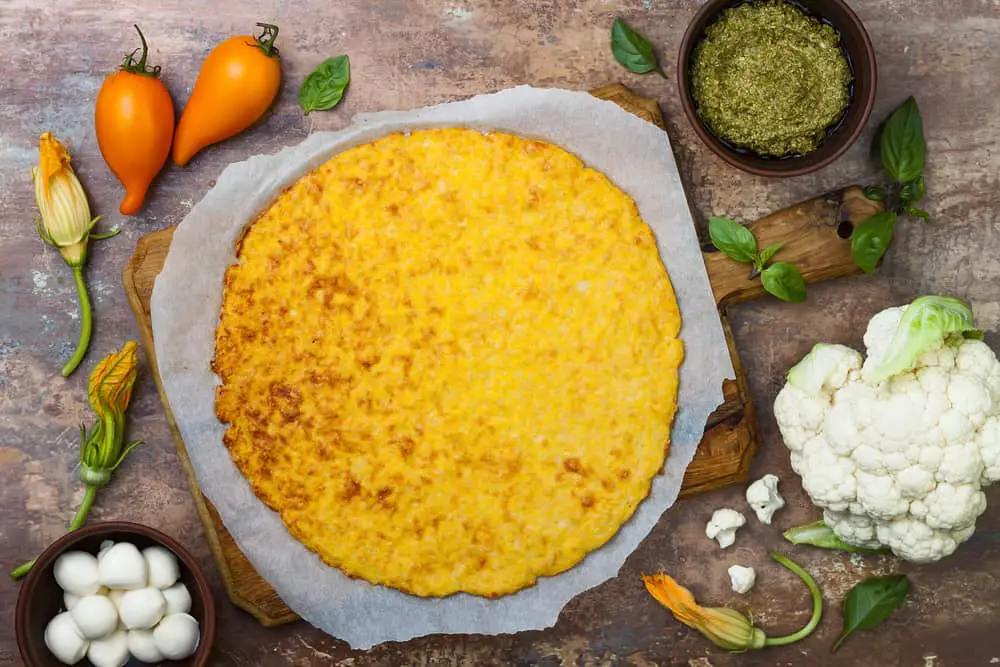
If you’re baking your own pizza, you’ll know exactly what’s going into it.
Use an app to help you calculate how many carbs and how much sugar your recipe contains. There are lots of great apps available to help you do this – check out MySugr, OneTouch Reveal, Diabetes: M or Glucose Buddy. If you’re watching your weight, you can use these to calculate the calorie content too.
And if the numbers are too high, you can adjust either your portion size or your recipe to stay on track.
You don’t have to be a master chef to make a great, healthy pizza either! The good news is, some of the best recipe hacks for diabetes also make your pizza easier to assemble.
The key problem with most pizza when it comes to your blood sugar is the crust. And let’s face it, that’s also the trickiest bit to make! So why not try an alternative to conventional pizza dough?
There are some brilliant ready-made pizza crusts out there that are perfect for those cutting carbs. Trader Joe’s offers a pizza crust made from cauliflower and corn flour. Each crust is divided into six slices. Each slice contains 17 grams of carbohydrates and less than a gram of sugar.
They also offer a super-tasty broccoli and kale pizza crust, also made with corn flour. That will give you just 15 grams of carbohydrates per slice. And there’s no added sugar at all.
But you can also make a tasty pizza using a wholemeal tortilla wrap for the base. It’s very easy to do. Just pop it in a pan with a dash of olive oil and brown both sides. Then add your sauce – not too much, to keep the tortilla crispy – and your preferred toppings. Put it in the oven to bake. Easy!
5. What about pizza sauce?
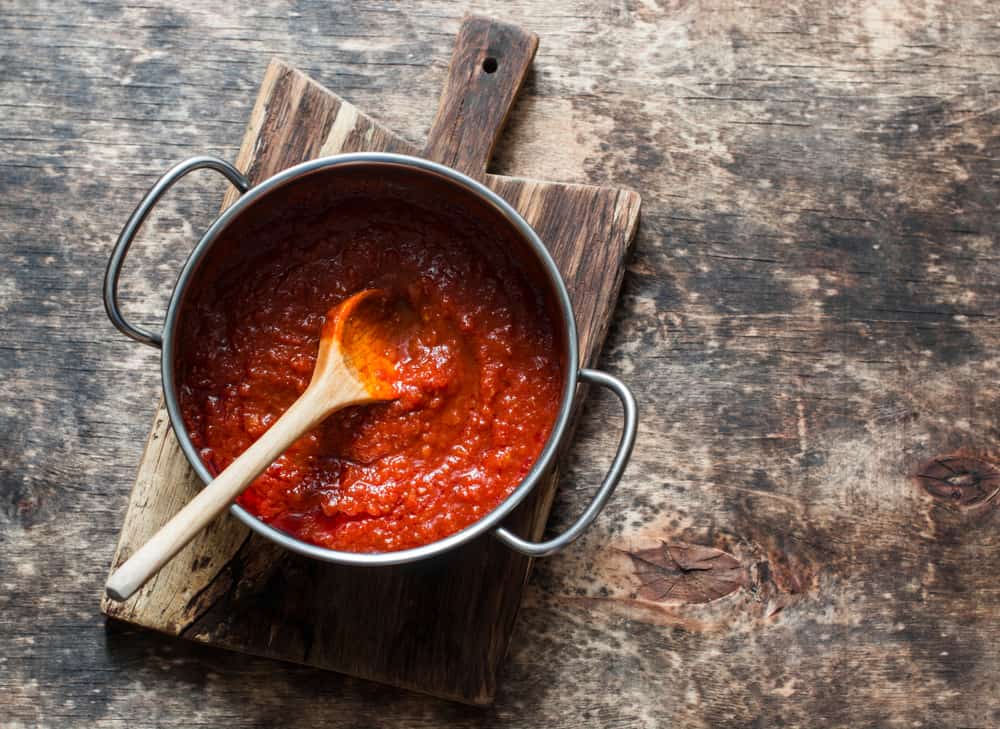
Ready-made pizza sauces are very convenient, but they often contain added sugar. Look for low-sugar or no-sugar options. They don’t taste very different, and will be much better for your blood sugar levels.
But if you can spare just a few minutes, making your own pizza sauce is very easy. And it’s another great way to know exactly what you’re eating.
Just fry some garlic and passata with a little olive oil until it reduces and thickens. You can also add some onion and herbs like oregano and basil for extra flavor.
Tomatoes already have lots of natural sugars, so you really shouldn’t need to sweeten the sauce. But if you’re used to the sweeter flavor of ready-made sauces, add a spoonful or two of sweetener. Plant-based options like stevia are a good choice.
If you’d like more detail on how to make your own sauce, check out this recipe from Low Carb Maven.
6. Choose the right toppings
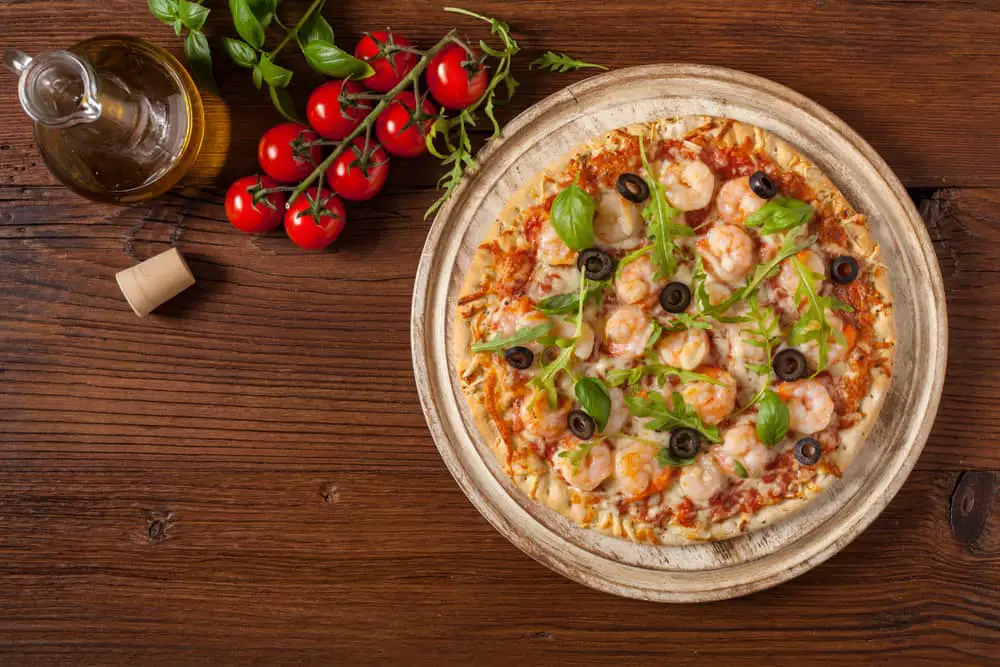
When it comes to toppings, there’s a huge variety out there. That means you’re sure to find plenty of options that are both healthy and tasty!
As with all other aspects of your diet, moderation and balance are key. While no foods are entirely off limits, they should be consumed responsibly. But if you want salty, high-fat processed meats like salami, make sure you have no more than a couple of slices. And if you’re watching your weight, the same goes for high-fat cheeses like mozzarella.
Vegetables and lean meats are delicious and healthier alternatives. Just remember that if you’re on a very low carb regime, most veggies have some carbs. The best options will be low GI (meaning low glycemic index), high in fiber, and high in nitrates.
Peppers, spinach, eggplant, asparagus and broccoli are all excellent pizza toppings, and all are low GI. That means that your body will absorb the natural sugars they contain slowly, avoiding spikes in your blood sugar levels.
And if you have an arugula salad alongside your pizza, you’ll be getting plenty of nitrates too. These lower your blood pressure and help to keep your heart healthy.
Adding lean meat like turkey or chicken, or seafood like tuna or prawns, to your pizza will also increase the amount of protein. Not only will your pizza taste great, those toppings will help you feel fuller for longer.
So diabetics can eat pizza!
We hope we’ve demonstrated that, when handled with care, there’s no reason diabetics can’t enjoy pizza. Even a slice of takeout pizza is fine as an occasional treat. Just choose a thin crust option with lean meat, seafood or vegetables as a topping. Accompany it with a tasty salad for a delicious meal.
And why not take control and make your own pizza at home? Experiment with alternative bases like baked wholemeal tortillas or cauliflower crusts. Making your own sauce is super-easy too. And we guarantee it will be healthier, and taste better, than whatever you can get in a jar!
Just keep an eye on your portion sizes, and stick to a balanced diet, and you’ll keep your diabetes under control. Enjoy your pizza!
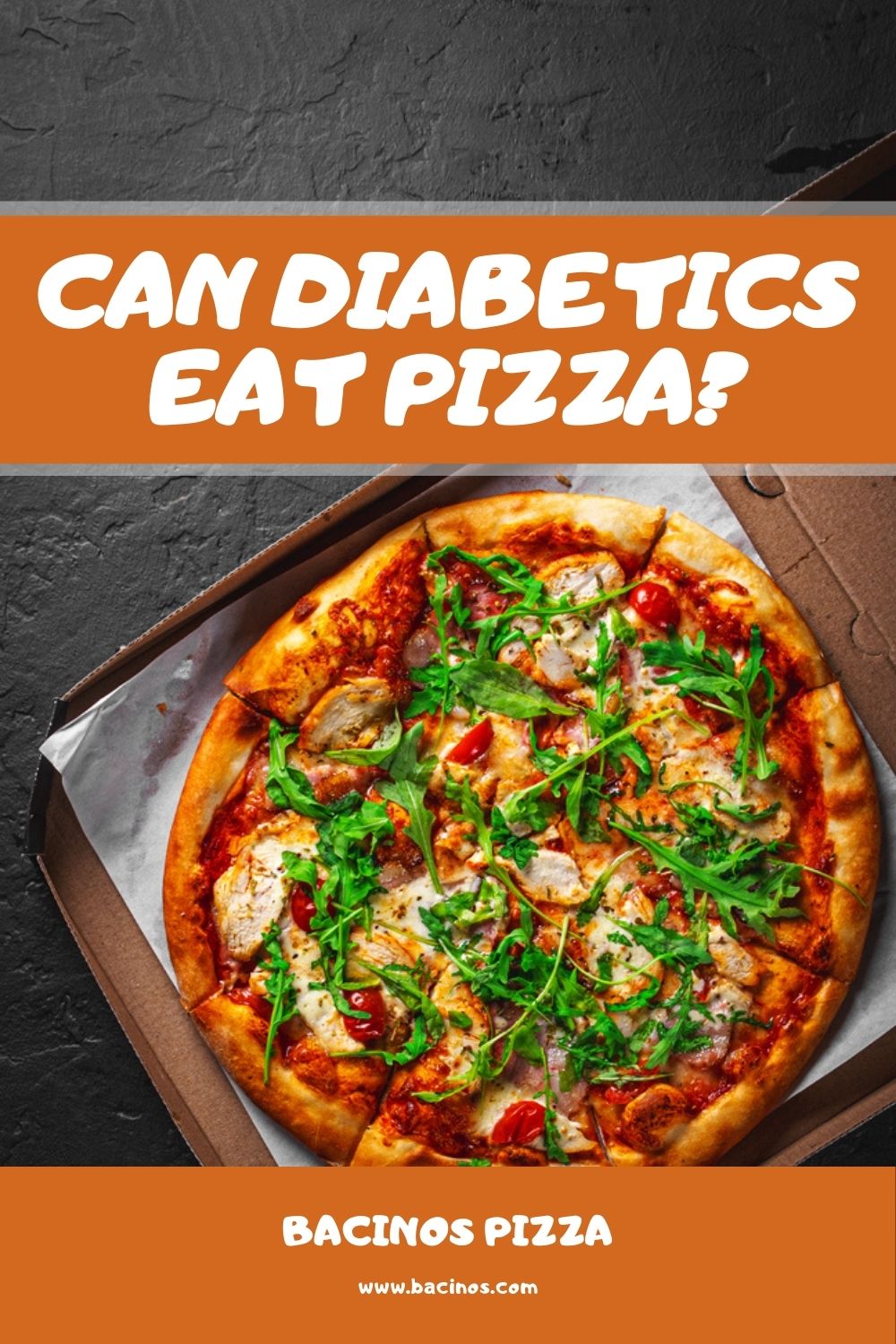

Barbara is an enthusiastic food-exploring person that goes through different culinary experiences. She got inspired by creating a pizza blog post after she tasted one of the best-selling pizzas in Toledo.